Genomic selection tool for farmed cod can contribute to ‘more efficient seafood production’
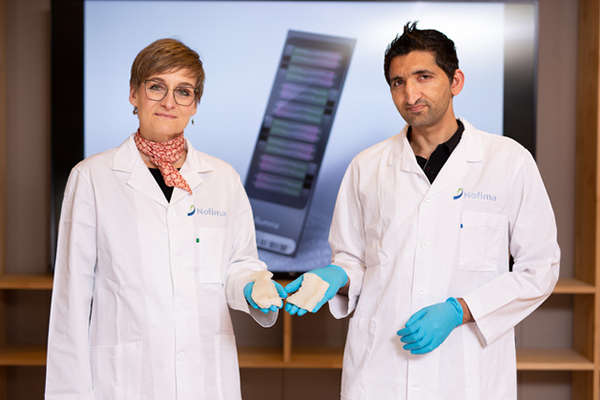
Scientists have developed a genomic selection tool that makes it possible to lift cod breeding from family selection to individual selection – thereby increasing genetic gain.
“We have now tailored a genomic tool for cod – that is, we can breed based on the good traits of individuals,” said Anne Kettunen, a scientist at food research institute Nofima. “The tool is openly available and well-timed seeing that cod farming is on the rise again. It can contribute to more efficient seafood production.”
Nofima’s cod breeding program currently uses family selection based on relationships (i.e., they breed from siblings of cod that have been tested for selected traits and passed). But siblings can be very different, despite them having an average of 50 percent of the gene variants in common. These differences are the starting point for the new “SNP panel” (single nucleotide polymorphism) tool.
A cod can have significantly more or less than 50 percent in common with its siblings, just like humans. So-called genomic tools now allow cod breeding programs to consider that siblings inherit different gene variants from their parents.
“In the same way that DNA samples from traces and suspects are compared in criminal cases, we can compare cod and calculate how related they are,” said Luqman Aslam, Nofima senior scientist. “We can then select siblings with the closest relationship to the cod that did best in the test to become parents. We then move from family breeding to individual breeding, including those traits that cannot be measured on the breeding candidate itself. This type of selection is called genomic selection.”
The scientists have used the Norwegian population of farmed cod and wild cod to create this SNP panel. The work has involved finding variations in the Norwegian cod population genome. This information is in the SNP panel, with a total of 21,000 markers.
The scientists can now use the SNP panel to find QTLs (Quantitative Trait Loci). These are areas in the genome that strongly influence the traits one is interested in improving in cod breeding.
“We have found QTL for growth. We can also use the SNP panel to find QTLs for different health traits and sexual maturation,” said Kettunen.
The SNP panel is useful for industry because it provides a more accurate selection. QTLs can be found in cod and can reduce the use of trial fish. It’s possible to genotype one’s own cod to calculate relationships between fish or look for beneficial gene variants.
“You don’t become a good carpenter simply by buying a good hammer,” said Kettunen. “To benefit from the tool, you need expertise and good material in the population to breed from.”
Read more about the tool here.
Follow the Advocate on Twitter @GSA_Advocate
Now that you've reached the end of the article ...
… please consider supporting GSA’s mission to advance responsible seafood practices through education, advocacy and third-party assurances. The Advocate aims to document the evolution of responsible seafood practices and share the expansive knowledge of our vast network of contributors.
By becoming a Global Seafood Alliance member, you’re ensuring that all of the pre-competitive work we do through member benefits, resources and events can continue. Individual membership costs just $50 a year.
Not a GSA member? Join us.
Author
Related Posts
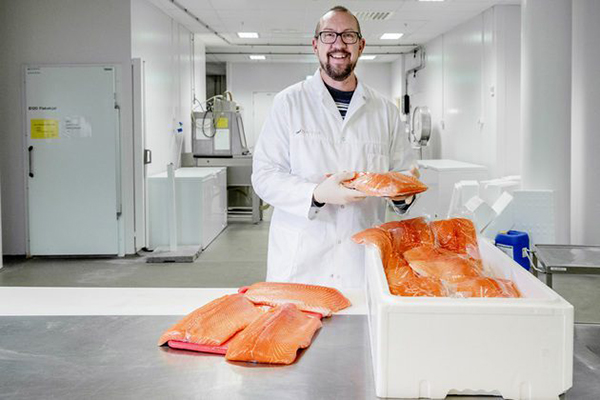
Intelligence
Supercooling Norwegian salmon before transport could save industry millions
Supercooling Norwegian salmon could save the industry $150 million annually in transport costs, says a Nofima report.
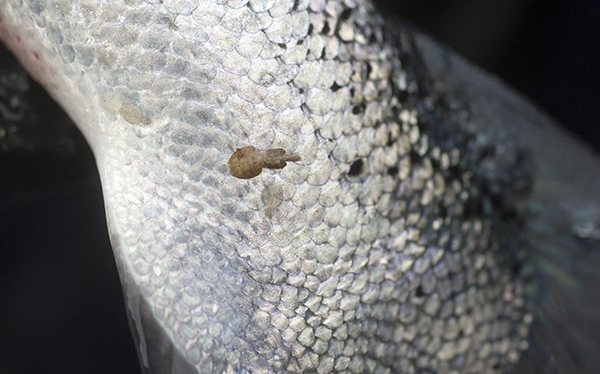
Health & Welfare
Gene editing eyed as a potential sea lice solution
A Nofima-led study is exploring the possibilities of using gene editing to make salmon more resistant to sea lice.
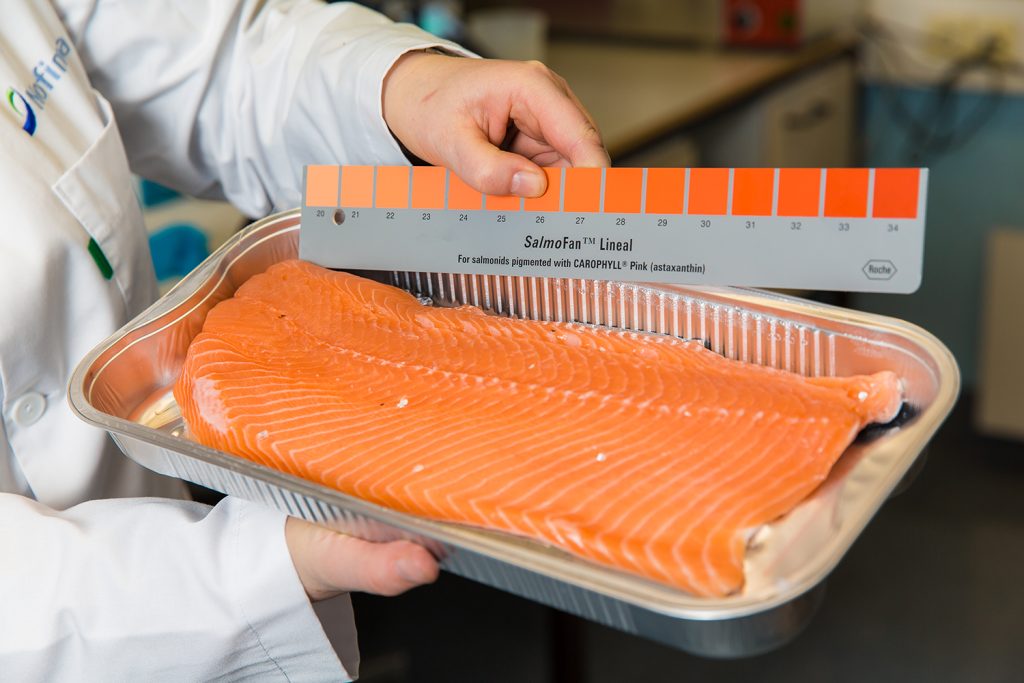
Intelligence
The color of salmon: How fish farmers can add value by focusing on pigmentation
Are Norwegian salmon fillets getting paler? Researchers there are poring over pigmentation data to find commonalities in the color of salmon.
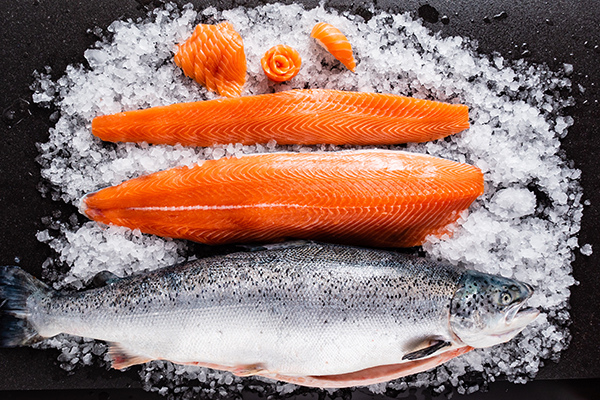
Aquafeeds
Aquaterra’s canola oil improves salmon fillet quality in Nofima trials
Aquaterra® Advanced Omega-3 canola oil is shown to improve the visual and nutritional quality of farmed salmon when included in their diets.



